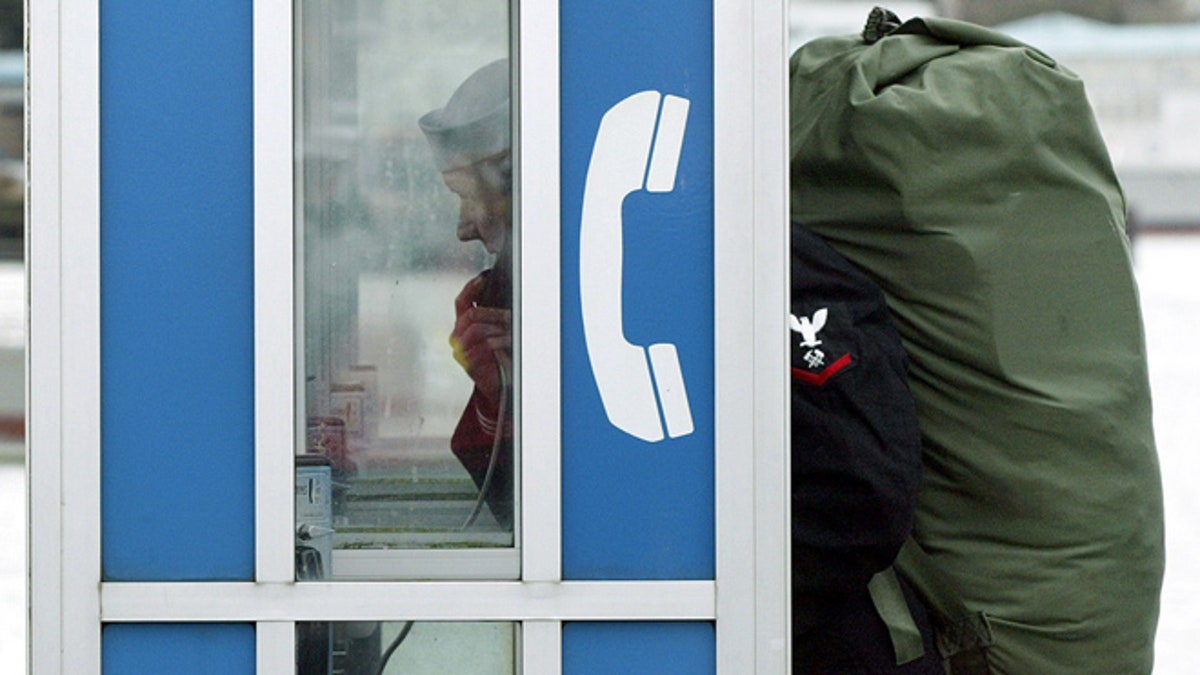
GOOD CALL: Hundreds of old phone booths will become Internet-wired with iPad-like "smart screens." (AP Photo/Ted S. Warren)
The public pay phone of the future looks like a gigantic iPad.
The city plans to unveil 32-inch “smart screens” with Internet connections next month inside 250 old phone booths throughout the five boroughs.
The pilot program will replace crusty telephones that most New Yorkers wouldn’t touch with their bare hands. And the futuristic screens could eventually replace all of the city’s 12,800 outdoor pay phones, whose franchise contracts with the city expire in October 2014.
The free touch-screen technology will display local neighborhood information, including lists of nearby restaurants, store sales in the area, traffic updates, landmark information and safety alerts — in multiple languages.
[pullquote]
Pressing an on-screen icon will link users to 311 online to file complaints or request city information.
“The goal is to pilot it and see what the response is,” said Nicholas Sbordone, a spokesman for the city’s department of Information Technology & Telecommunications.
“It will help inform the city’s ongoing reassessment, with public input, of what we want or what we think the future of public pay phones will entail.”
Germaphobes need not fear the filth of using a touch screen shared with 8 million New Yorkers. According to City24x7, the franchisee that will install and maintain the smart screens, they’ll be more sanitary than an ATM.
“They’re built to be cleaned with a jet hose,” said CEO Tom Touchet, the former executive producer of the “Today” show. “They’re waterproof and dust-proof.”
The smart screens will eventually be wired to make Skype calls, log onto e-mail accounts and serve as WiFi hotspots, Touchet said.
But New Yorkers shouldn’t plan on using the tablets as mobile offices, or sites for anonymous Internet trolling: The search capabilities on the tablets will be protected and controlled.
The screens cost the city nothing and will eventually bring in revenue via advertising.
Eventually the city will get a 36 percent cut of all ad revenue — but not during the pilot program.
The city will also be able to use the screens to remind New Yorkers how to get their tax refunds, advertise the upcoming bike-share program and publicize free park events.
Between coins and advertising, pay phones currently earn the city about $18 million annually, a city spokesman said.
The city is also rolling out computer kiosks to replace pay phones underground, such as in subway stations, a city spokesman said. The 22-inch underground touch screens will be equipped with cameras for video applications, as well as electrical outlets so users can charge their phones while buying access to Web, e-mail and apps.
Read more about NYC's phone booth plans at the New York Post.
